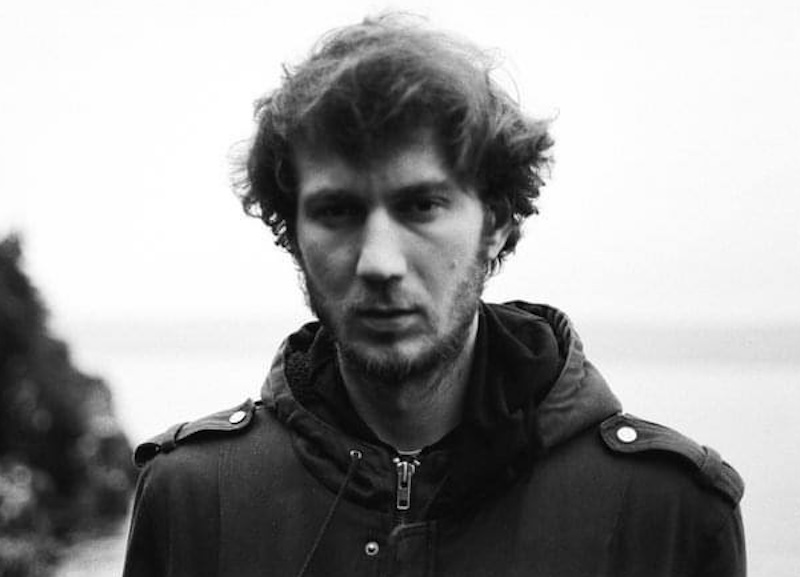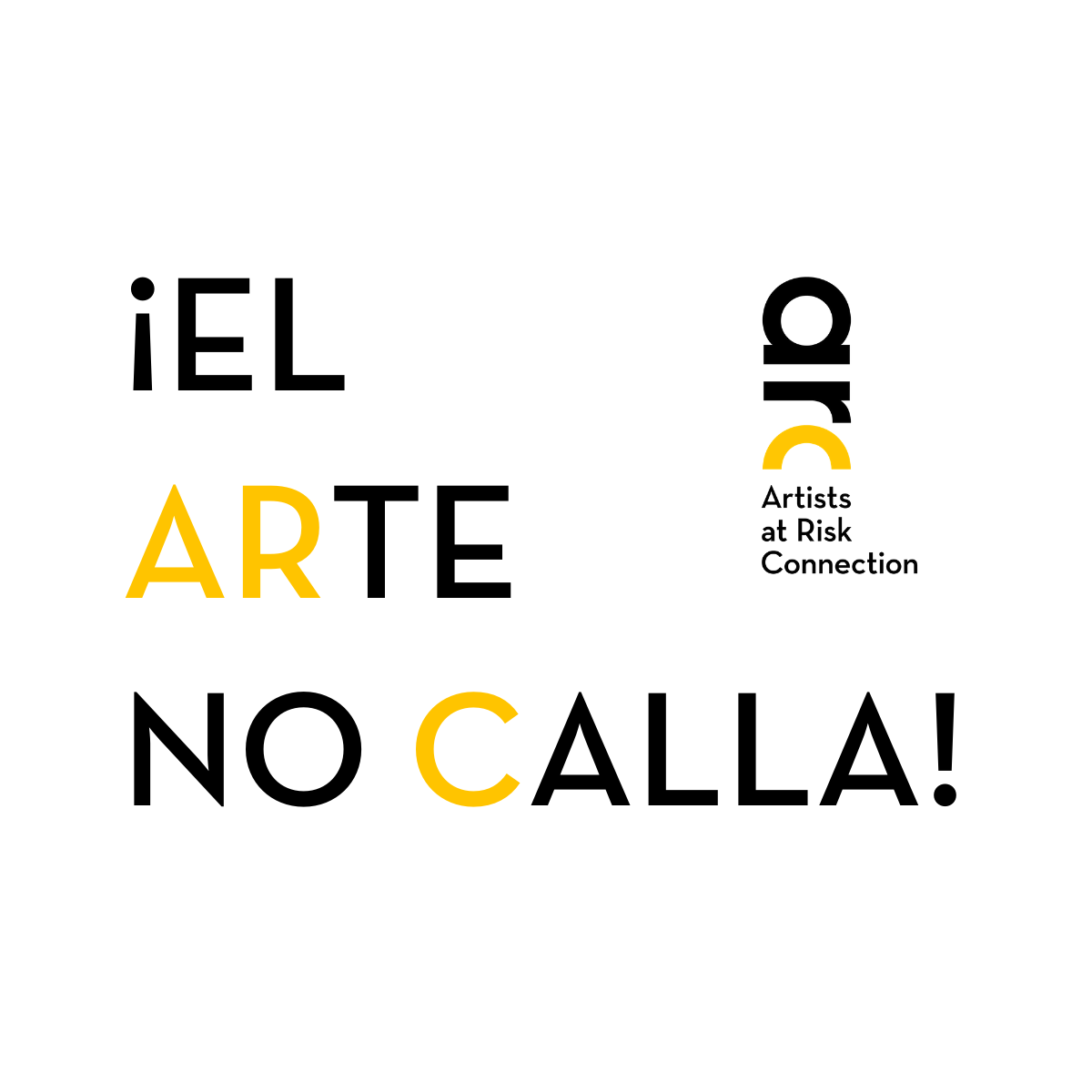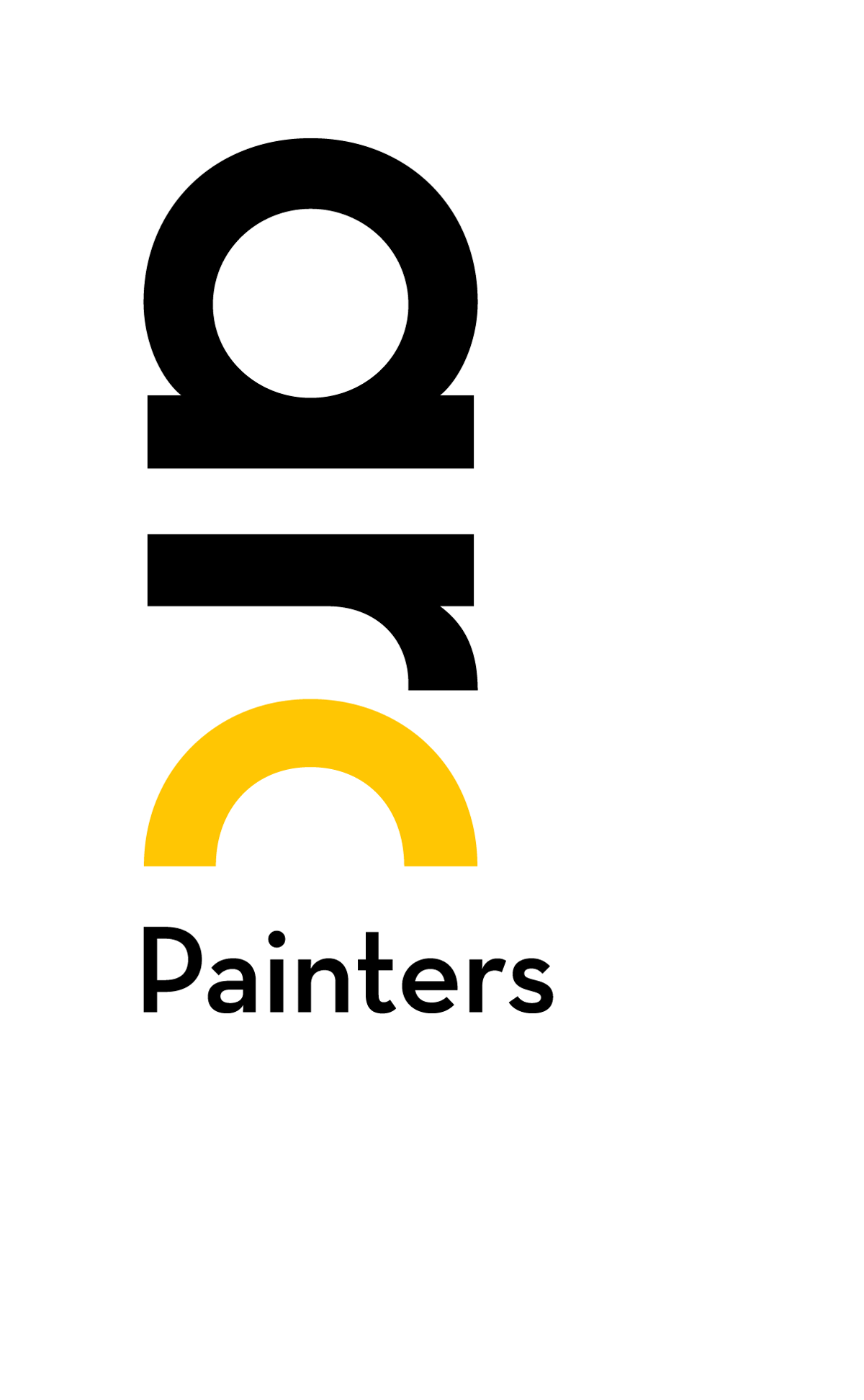Vladimir Shalamov
Curator
Russia

Born in the city of Snezhinsk, Chelyabinsk Oblast, Vladimir Shalamov studied at Gymnasium No. 127 and later graduated from a university in Moscow with a degree in Public Relations. He was recognized as one of the “Best Graduates of Moscow 2004.”
After university, Vladimir worked in marketing for large FMCG companies before transitioning to freelance work in the arts and music. He eventually became a television host and a writing journalist while concurrently launching and developing several businesses in Moscow.
Following the onset of the full-scale war in Ukraine, Shalamov emigrated to Germany, where he opened the gallery All Rights Reversed and the store prometheus.shop. He has produced and curated twelve exhibitions of protest art, amassing the largest collection of protest art from Russian-speaking artists worldwide, with over 300 original works. He also hosted the major dissident art exhibition “Artists Against the Kremlin” and published the book “Artists Against the Kremlin vol. 1.”
ARC Interview with Vladimir Shalamov
How did you end up working as a curator, manager, and publisher in exile?
I was working for a media outlet banned in Russia when the war started. My wife and I left for Georgia, and later, we were granted humanitarian visas as journalists in Germany.
Before the war, I had a TV program about shopping and fashion, and I also owned a clothing store in the center of Moscow. I shut it down on February 24. That world was closely tied to contemporary art—I had many connections in the art scene. So when I found myself in Germany, I realized that I had enough experience in organizing events and a strong enough understanding of Russian contemporary art to curate anti-war exhibitions.
I reached out to the first 11 artists—well-known contemporary Russian artists. Every single one of them said yes. We made our first poster with their names: “Look, these people are with us.” After that, things got easier—other artists started to trust us and joined our exhibitions.
I wrote to Nadya Tolokonnikova at that time, and it turned out she had been following the project for a while and was actually surprised we hadn’t invited her yet.
My own artistic practice is on hold. I miss out on a lot, but I feel that what I can do for the community right now is more important than making something just for myself. I’m pouring all my resources into curatorial work. I had the chance to invest time and money into curating, and that’s how the all rights reversed gallery was born—a community of contemporary Russian artists taking a stand against the war in Ukraine and Putin’s regime.
It’s me and a team of volunteers—my wife, several artists, and some truly top-level professionals. For example, the art director of a well-known Russian institution designed our branding. We paid him a purely symbolic fee, but it was clear that many people were joining the anti-war project not for money, but for the cause.
At first, I thought we would focus on exhibitions of protest and anti-war art, but a lot has changed since then. We’ve expanded our scope to include a wider range of themes and a broader understanding of contemporary art.
We’ve outgrown the idea of just putting on exhibitions—we’re thinking about how to build more sustainable projects. Even when the war ends in a political sense, its consequences won’t just disappear. Refugees, grief, political crises, authoritarianism, and dictatorship—none of it will simply vanish. These issues are at the heart of contemporary art.
It’s crucial for us to keep the project relevant, necessary, and honest. And to do that, we have to evolve—starting right now. That’s exactly what we’re working on.
How have your goals changed over three years of war and three years of curating in exile?
I would describe it like this: we are now looking at broader humanist and humanitarian narratives. When the war first started, when mobilization happened in Russia, and we saw mass emigration from the country, including many artists, our primary goal and driving force was to raise our voices and ensure that these voices were heard. It was essential to connect with artists and understand that anti-war art exists, and that artists who disagree with the regime are still working. We needed to find them, come up with, and organize joint projects—be it exhibitions or online initiatives. We did this multiple times, starting from small local exhibitions in Berlin and Amsterdam, fund-raising campaigns, and culminating in a large exhibition that took place with the support of The Moscow Times at De Balie, which was accompanied by a public program.
Now, the goals have changed. Three years have passed since the war began, freedom in Russia has virtually disappeared, and the world’s problems are growing. Artists still need support, infrastructure, and resources. So now we are focusing precisely on this: on NGOs, resource centers, and infrastructure that will remain relevant even if Putin dies and the Kremlin collapses.
Currently, we have a fairly large community of artists—both among those who left Russia and those who remain and work under an authoritarian regime. We need to build infrastructure for this community in Europe. And, equally importantly, we must figure out how to create bridges between those who left and those who stayed—this is vital for us.
So, are you working with artists who continue to live in Russia?
It’s not easy, primarily due to security concerns. But to answer briefly—yes, for the exhibition at De Balie, we brought an artist from Russia, hiding her under a pseudonym. She is a popular artist who sells well, but many of her works cannot be shown in Russia.
What do you consider your most successful project over the past three years of work in exile?
This exhibition was a continuation of the exhibition that ARC supported—it was very successful, and everyone from Amsterdam attended. I met many people from the European art world, including those from the Amsterdam center De Balie. This was a very beneficial introduction; we found common ground from the very beginning because De Balie was conceived as a platform for political discussions. After COVID and the lockdown, our exhibition “Artists Against the Kremlin” turned out to be the first major project at the center. The conditions were quite challenging from the start. The folks from De Balie told us, “We have August, a month when nothing will be going on at the center. If you want, you can have an exhibition for a month.” Of course, we understood that August is a dead month, and we realized we only had two months to prepare for such an important project. But we couldn’t say no; our project doesn’t have a long history, a legal form, or even a proper team.
Then everything started moving very quickly and turned out well: The Moscow Times, whose office is now in Amsterdam, agreed to be our media sponsor and also brought in other sponsors. We updated 60 percent of the exhibition lineup compared to what was shown in the “All Rights Reserved” exhibition. We began the installation—myself, volunteers, friends. Immediately, all the local media started showing up. It was a revelation for many that there are so many anti-war and anti-Putin artists. A crowd of people started coming—there were almost lines of Amsterdam locals waiting. By our most conservative estimates, several thousand people attended the exhibition.
For this exhibition, we conducted a crowdfunding campaign for the first time—people contributed and bought merchandise we created. Plus, the exhibition was accompanied by special events and a public program, which is precisely what De Balie specializes in.
What needs to be done?
I have an answer to that. After several exhibitions and experience in exile, I have a good understanding of how to provide assistance. It’s essential to remember that being an artist is also a profession. Artists earn money by selling their art, and for this work to be created, several factors need to align. There has to be a market; the artist must be knowledgeable about this market; the artist’s basic needs should be taken care of; they must be ready, legally, to sell their works; and they need to connect with potential buyers.
For artists in exile, especially in the first years, it’s very difficult to prepare for and manage these factors alone. Currently, the situation is such that even the most renowned and in-demand artists from Russia are forced to change significantly. There are numerous problems: many have visa issues, and many do not speak the language of their new country. Even finding time for a residency is challenging, not to mention the process of applying and actually getting in. Networking is also essential. Managing all this alongside adapting and addressing everyday problems is incredibly complex.
Now we are talking about creating an art center in Berlin and a fund to support Russian-speaking art in exile; we want to help develop participants from our community as a gallery and sell their work.
Do you feel like you, as a curator, are trapped in this theme that is now expected from Russians?
We understand that the period of the first harsh reaction to the war has passed. Currently, artists are not creating works depicting Putin devouring Ukrainian children. Art that directly addresses protest is increasingly perceived less as timeless art and more as activist art. Many artists who identify as activists are unlikely to develop into significant artists. I believe that this is entirely normal, and that there should also be an industry for such artists. I don’t see this as opportunistic art because there is no market for it.
At the same time, I remember and understand that the complexity for Russian artists in exile lies in the fact that we are still considered quite marginal and toxic, primarily to the Ukrainian audience, of course. Everything we do is viewed through the prism of us being Russians.






